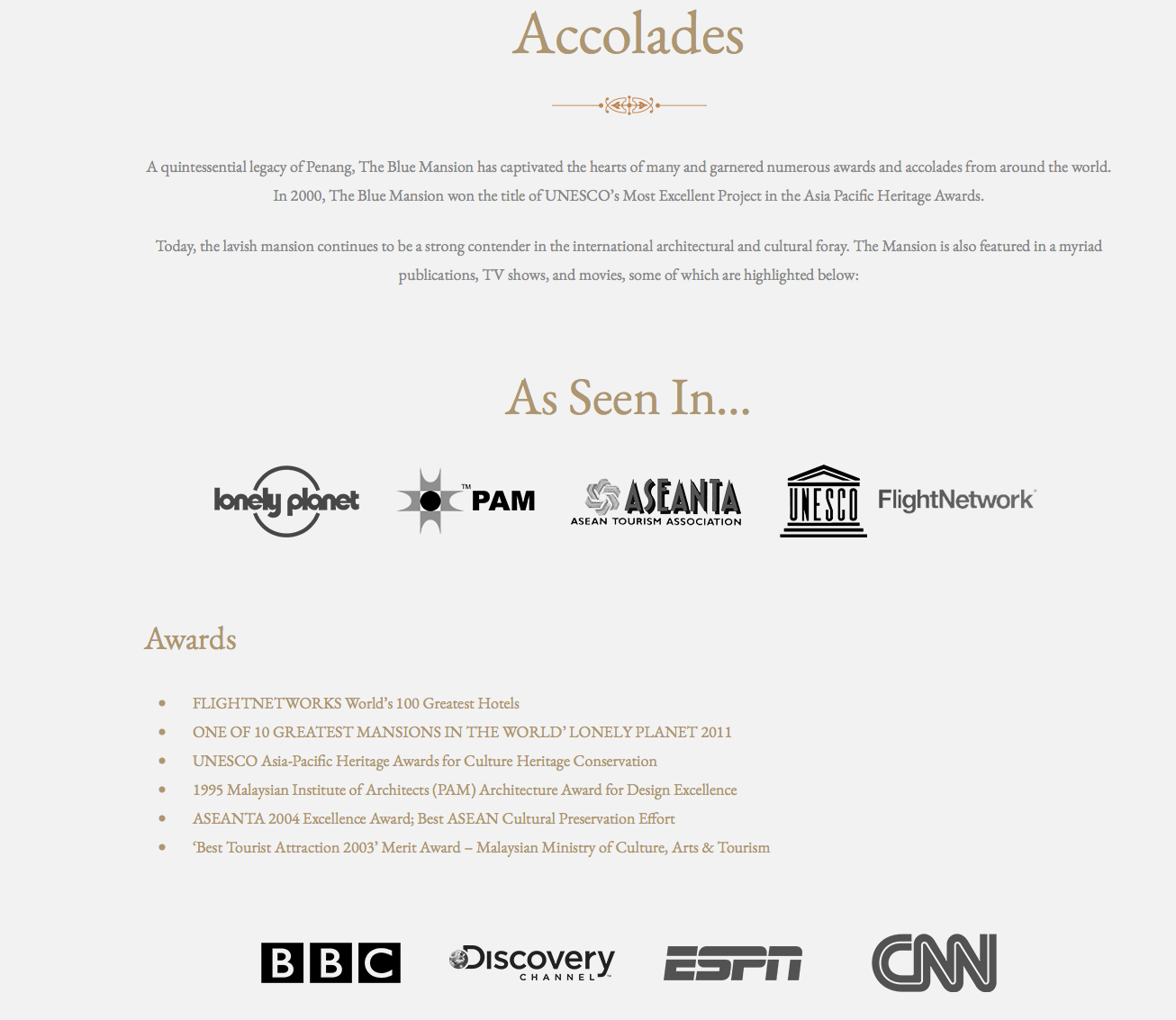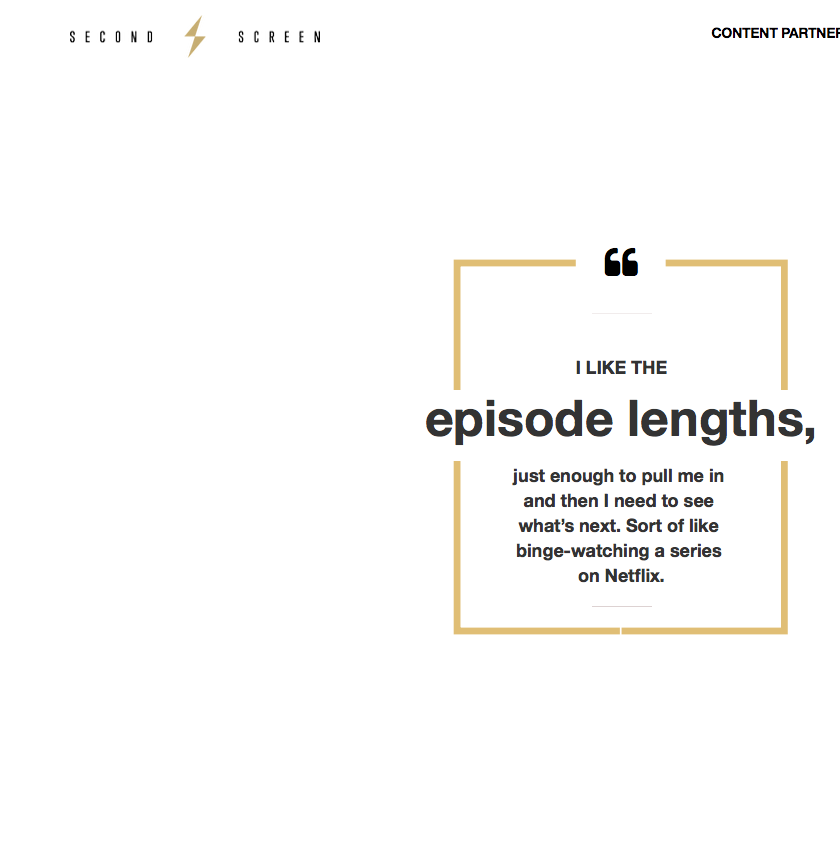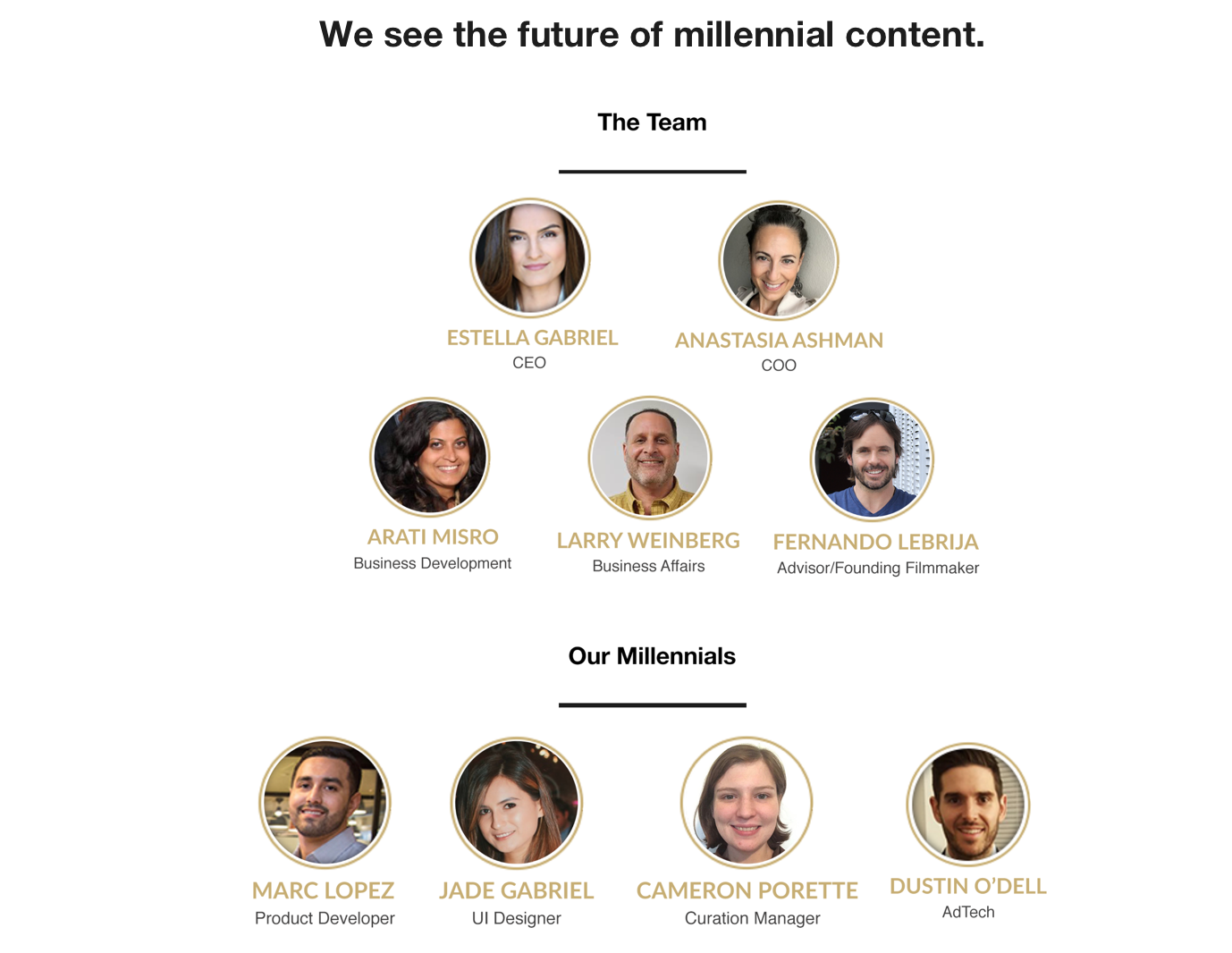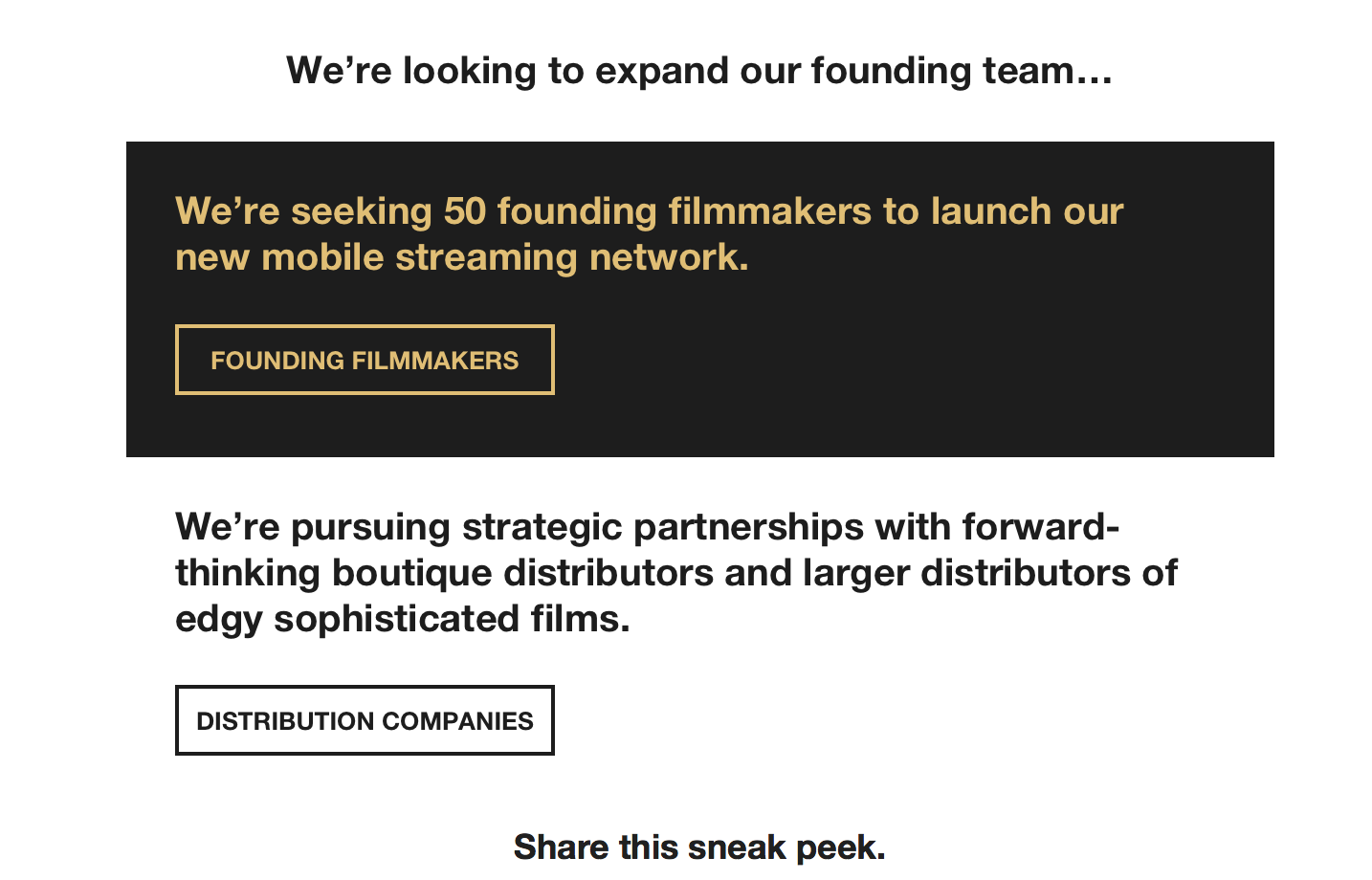TBT, to the book launch of The Season Of The Witch
This was a fun night with Fast Company journalist EB Liza Boyd at the Elks Club for Salon founder David Talbot.
His book "chronicles the cultural history of San Francisco and from the late 1960s to the early 1980s when figures such as Harvey Milk, Janis Joplin, Jim Jones, and Bill Walsh helped usher it from backwater city to thriving metropolis."
TBT, reporting on UNESCO award-winning architectural restoration in Southeast Asia
SUBMIT YOUR FEATURE FILM: Second Screen is now seeking 50 founding filmmakers
Second Screen, where I am COO & Cofounder, is now accepting film submissions for consideration.
The first founding filmmaker is on board at Second Screen, and he's an award-winning ambassador for the 49 other feature makers this mobile streaming platform is now seeking, for equity! Do you know a filmmaker like Fernando Lebrija who is right for Second Screen?
FILM DISTRIBUTION COMPANIES: become a Second Screen content partner
See more by visiting the Second Screen site.
A sneak peek: a new way to watch
A sneak peek at an email that goes out wide tomorrow.
Don't miss this part ...
ENTERTAINMENT + STARTUPS + TECH
How fun! Bringing together my experience in investment, media, entertainment, tech and culture, I've joined the Second Screen team.
I'll be heading operations at this exciting intersection of emerging platforms, innovative character-driven content formats, and millennial audiences.
We're currently raising a seed round.
Share this, and, talk to me!
Go see more at SECOND SCREEN.
VIP Mentor & Coach at Berkeley Law's PitchLab Workshops
Thrilled to be joining these speakers, coaches and founders at UC Berkeley PitchLab Workshops this spring.
The series of workshops for founders who attend Berkeley Law workshops is run by my fellow SCET-BMOE pitch judge George Kopas, and the PitchLab Leadership Team*, will address
- pitch deck models,
- elements of startup eco-systems,
- case studies from successful startups,
- coaching and mentoring for effective pitching, and
- founder and startup eco-system pointers.
The program will also include guest speakers - VCs, founders, judges, mentors, others - sharing their insights about elements of successful entrepreneurial efforts.
* The PitchLab Leadership Team
Silvia Segade Sanz, LLM, 2018 Berkeley Law
Felipe Saraiva Carneiro, LLM, 2018 Berkeley Law
Dax viviD, PhD UC Berkeley
Bruno Droghetti Magalhães Santos, LLM, 2018 Berkeley Law
Noha Yasmine, LLM, 2018 Berkeley Law
Luisa Scarpelli, LLM, 2018 Berkeley Law
Carlota Sáenz Guillén, LLM, 2018 Berkeley Law
Victoria Howell, Newton Distinguished Innovator Lecture Series; former Director, SCET Bootcamps, UC Berkeley
TBT, interviewed by travel writer Rolf Potts
Excerpts from a 2007 interview by Rolf Potts of Vagabonding.
How did you get started traveling?
Anastasia Ashman: My fascination with a wider world cropped up early. As a toddler in countercultural Berkeley, CA my favorite pastime was “French Lady”, a tea party with Continental accents. I began traveling even further when I learned to read — comic books. Instead of poring over Archie & Veronica, perky storylines that revolved around characters who never graduated from high school nor breached the border of their staid hometown, I was entranced by the global expanse of history and people and culture revealed in the Belgian-made graphic adventures of Tintin. Tracking a drug-smuggling ring in Egypt, discovering a meteorite with a Polar research vessel, surviving a plane wreck on an Indonesian island — this was life!
Tintin’s travel tales, and many others after them, remain reference points. Last fall at a museum in Nazca, Peru one long-haired, head-banded Incan mummy stirred a pleasant flashback to “The Seven Crystal Balls”, as well as the awe of my twelve-year old self. It’s no wonder I pursued a degree in archaeology.
How did you get started writing?
AA: In the early ‘70s I kept a journal on childhood road trips where I recorded preferences for the wildness of Baja’s bumpy sand roads and discovering the mother-lode of sand-dollar graveyards in San Felipe to a sedate spin around British Columbia’s Lake Victoria and a fur-seal keychain from the gift shop. Later I was a correspondent, trying to explain my own culture to teen pen pals in Wales, Northern Ireland, and Malaysia, while I searched for clues about theirs hidden in precise penmanship, tarty vocabulary, and postage stamps with monarchs — some butterflies, some queens. During a slew of 20-something media and entertainment jobs I wrote and edited for years, whenever the opportunity presented itself, for a book packager and literary agency in New York, and for television, theatre and film producers in Los Angeles.
What do you consider your first “break” as a writer?
AA: Reviewing Pico Iyer’s essay collection Tropical Classical: Essays from Several Directions for the Far Eastern Economic Review in 1997. The newsweekly magazine based in Hong Kong was equivalent to TIME in Asia. I was living in Malaysia and devoting more attention to my writing career, so it was a breakthrough to write for a major publication and huge audience about subjects which mesmerized me.
What is your biggest challenge from a business standpoint? Editors? Finances? Promotion?
AA: Publishers and acquisition editors and publicists seem to have narrow expectations for travel literature so for my next book I plan to devote a lot of energy to a detailed marketing plan which will accompany the manuscript in its rounds to publishers. Jennifer and I learned quite a bit about marketing to publishers with Tales from the Expat Harem, which was initially turned down by 10 New York houses who liked it but couldn’t fathom its market (Turkey’s too limited a subject, they said). We’ve since determined that it addresses a multitude of distinct groups beyond the basic cells of travelers, expatriates, women writers and travel writers. In fact, we found enough specific target markets we were able to fill a hundred pages of our marketing plan with actual contacts of potentially interested people and organizations, like Turkish American associations, women’s and Middle Eastern studies programs at hundreds of North American universities, and specific Turkophile populations like the alumni of the Peace Corps who served in Turkey.
And the beauty of a marketing plan which breaks down readerships is that a writer (or if you’re lucky, a publisher) can contact all of these people. Jennifer and I also compiled more practical subsidiary audiences for the anthology, like multinational corporations with operations in Turkey, and embassies and tourism organizations which might use the book as a cross-cultural training tool or a promotional vehicle. We were successful enough in our initial efforts in academic marketing that the book is currently used in at least three university courses and is stocked by more than 100 academic and public libraries worldwide.
What travel authors or books might you recommend and/or have influenced you?
AA: Recently I enjoyed Blue Latitudes: Boldly Going Where Captain Cook Has Gone Beforeby Tony Horwitz for its mix of historical research, personal experience, and contemporary journalism. Historical travel writing also connects me to the lands I find myself in, and points to the parallels which still exist. My steamy days in Kuala Lumpur were enriched by reading Somerset Maugham, whose Malayan fiction was entirely believable. A series of historical Asian travelogues and contemporary scholarship released by Oxford-in-Asia jogged my imagination and similarly, now that I am based in Turkey, I’ll be turning to the Cultures in Dialogue series at Gorgias Press, which resurrects antique writings about Turkish life by British and American women travelers and refreshes them with contemporary academic analysis.
























